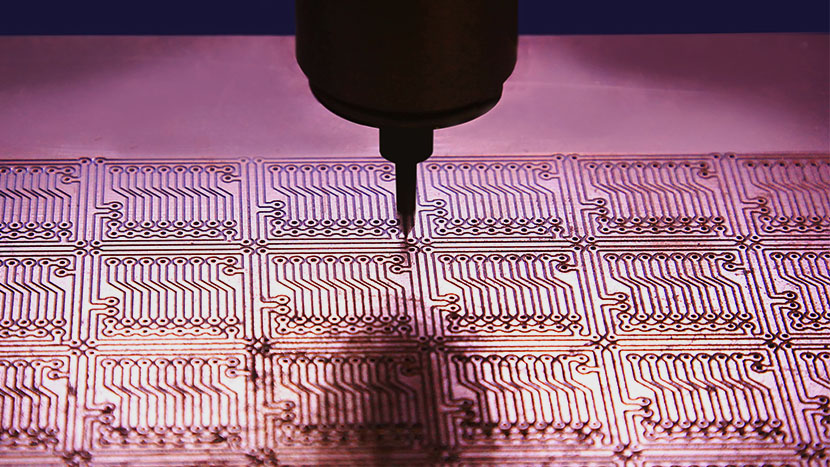The Science of Modern Complications in Computer Processing Improvements
Moore’s law states that the number of transistors in an integrated circuit doubles about every two years. While this held for decades, it’s no longer the reality. The implications of this development for the advancement of computer power are immense, though they’re not quite as black and white as they might appear. For the user, this means that more complex programs and systems might be approaching a bottleneck, though how much this will affect each person will depend on the forms of use.
Will Slowing Advancements be Noticed?
For users of low-demand software, there is the possibility that a slowing in the advancement of processing power won’t make much of a difference. For an illustration, consider what goes into playing slot games for real money on an online casino website. The websites that offer these games are already designed to cover a range of desktop and mobile devices, so device speed is rarely an issue. The same applies to the games like Bigger Bass Bonanza and Mustang Gold, which still look great and play well on older systems. There’s a standard here, where the online casino business is almost immune from the growing demands which affect other tech-reliant industries.
On the other end of the spectrum is the growing landscape of video editing jobs. These are constantly working with high resolutions, where encoding speed for rendering is very reliant on processing speeds. As 4K becomes the default, a stagnation of speeds would result in serious problems for productivity, even for the fastest purpose-built video editing workstations. Fortunately, since resolutions higher than 4K offer nearly imperceptible differences to the human eye, this industry should slowly catch up.
The Cause of Problems
The big issue for the degradation of Moore’s law comes from physical complexities in minimum sizes. Transistor sizes are measured in nanometers, where many of the fastest technologies are seeing plateaus at four or seven nanometers. While IBM announced that it has developed two-nanometer tech, this is still years from implementation. It’s also approaching a hard limit since two nanometers is just ten times the size of a silicon atom.
Smaller transistors are required because the less room they take up, the more of them can fit in single chips, the less energy they require, and the less heat they produce. Hitting a limit means hardware developers instead need to increase size, as has been seen with the last few generations of video cards like Nvidia’s RTX 3090 and 4090.
Finding a Solution
The solution that some developers are finding to the slowing of transistor shrinkage is to instead look for other avenues of improvement. This was seen in clock speeds in CPUs years ago, which saw huge jumps to around 3.5 Ghz, after which serious diminishing returns appeared. Instead, the solution was to make chips more efficient with what they could do per cycle through better engineering principles.
With new approaches like 3D processing technology, hardware manufacturers have discovered another way to keep pushing forward, and new possibilities are always being explored. In this way, the limits of Moore’s law might only apply in a strictly structural sense, where the concept of ever-improving performance, at its core, might hold for decades to come. That is until we finally and inevitably explore and exploit all available options.


































































































